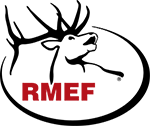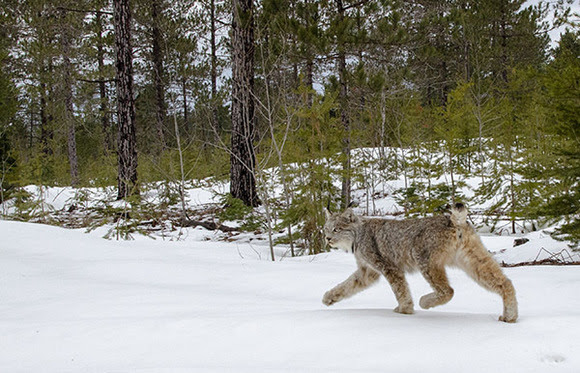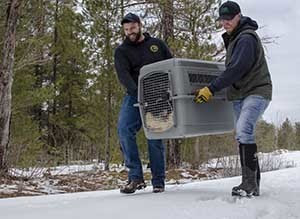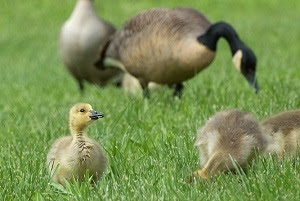By Glen Wunderlich
Without question the United States has engineered the most successful wildlife management system on our planet. Hunters and anglers are the driving force of this successful wildlife model through license fees and funds generated through the Pittman-Robertson Act. The total economic impact of the firearms and ammunition industry in the United States increased from $19.1 billion in 2008 to $52.1 billion in 2018, a 171 percent increase, while the total number of full-time equivalent jobs rose from approximately 166,000 to almost 312,000, an 88 percent increase in that period, according to a report released by the National Shooting Sports Foundation®, the industry’s trade association. It is a system that has brought many animal species from the brink of extinction to that of sustainability.
Extremist groups that purport to know more than wildlife biologists want to change all of this. In Colorado, for example, a ballot initiative threatens to rip apart the fabric of sustainable use by introducing more wolves into the mix. However, Colorado Parks and Wildlife has a wolf management plan in place and is prepared to effectively manage the already occurring natural colonization of wolves to Colorado.
If this scenario sounds like what has occurred in the Great Lakes region, there’s good reason: It has! In the Northern Rockies, initial recovery goals were established and agreed upon for the introduction of gray wolves that took place in 1995-96. Those goals were reached in 2002 but final delisting did not occur in Idaho and Montana until a congressional fix in 2011. Wyoming did not receive the ultimate ability to manage wolves until 2017. Animal rights and environment extremist groups used litigation and propaganda to delay the delisting time after time.
“A forced introduction of wolves to Colorado would cost untold amounts of taxpayer dollars, redirect already limited wildlife management resources and would have a significant negative economic impact to the state,” said Blake Henning, Rocky Mountain Elk Foundation (RMEF) chief conservation officer. “In Colorado, you are dealing with about a third of the land mass of the Northern Rockies’ states but almost double the human population. A forced reintroduction would trigger the potential for real issues in the state.”
In addition, elk populations in southwest Colorado are already struggling. Researchers are working to find the cause of poor calf recruitment and low elk numbers. A forced reintroduction of wolves would be catastrophic to this work and the established elk and deer herds in the area.
What everyone should understand is that if the elk population continues its population decline, wildlife funding will follow suit. Less hunting means less money for the entire region’s economy, including outfitters, guides, restaurants, motels, etc.
America’s successful model for wildlife management continues to be threatened by fringe elements that somehow want to separate humans from the equation of balanced coexistence with other animals. Our system of sustainability has proven itself over the years and sportsmen and women will always put more into wildlife management than they take out. And, this is why America’s wildlife model is the envy of the world.






 Nests built in your yard already may have baby birds just starting to outgrow them. It’s common to find birds on the ground after a first attempt at flight. If you find one, don’t touch it. The parents will continue to care for it, even on the ground. One exception: If you find a sparsely feathered chick on the ground, it may have accidentally fallen from the nest before it is ready to fly. If you know where the nest is, return the chick only if you can do so safely.
Nests built in your yard already may have baby birds just starting to outgrow them. It’s common to find birds on the ground after a first attempt at flight. If you find one, don’t touch it. The parents will continue to care for it, even on the ground. One exception: If you find a sparsely feathered chick on the ground, it may have accidentally fallen from the nest before it is ready to fly. If you know where the nest is, return the chick only if you can do so safely. 